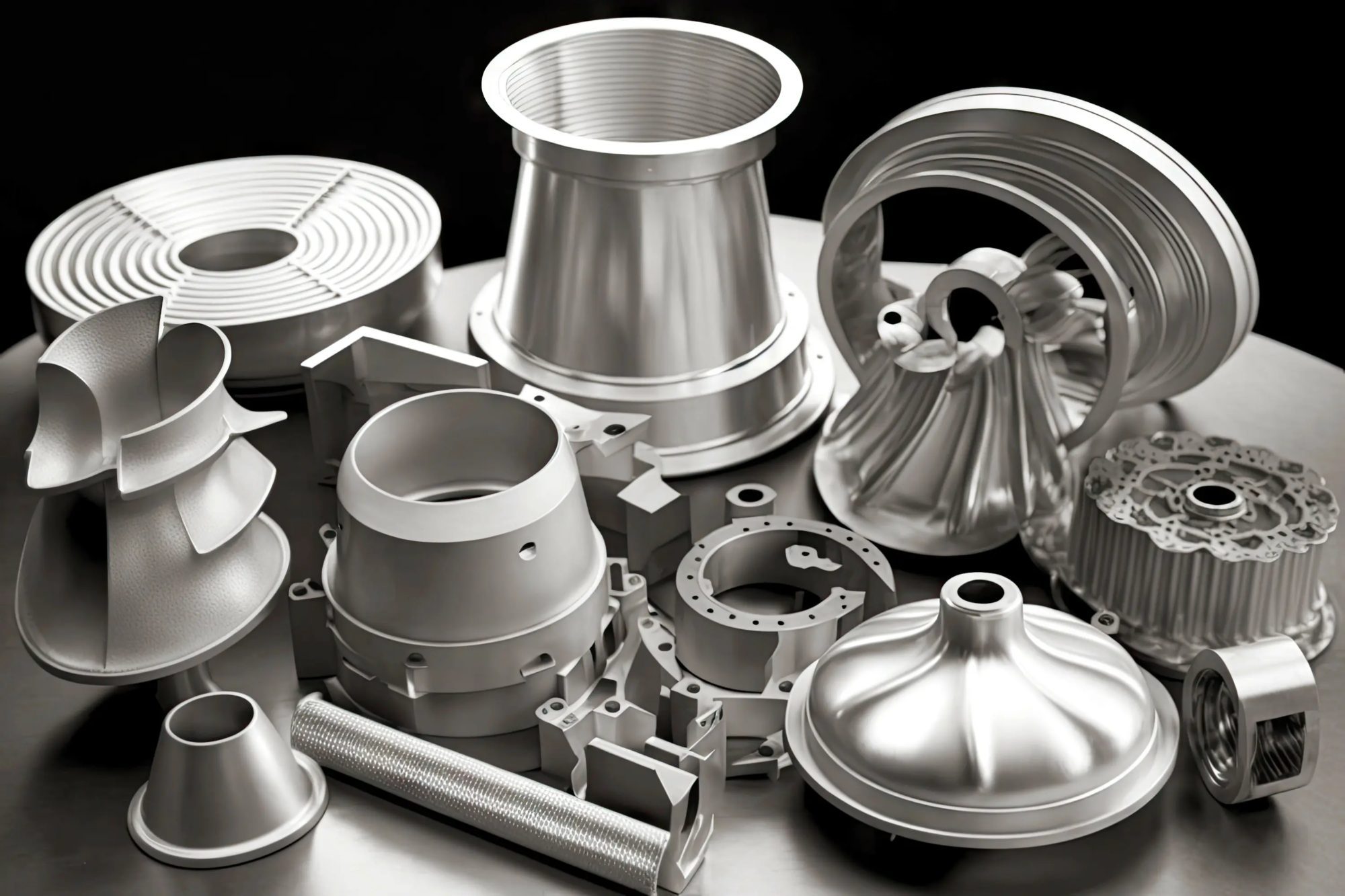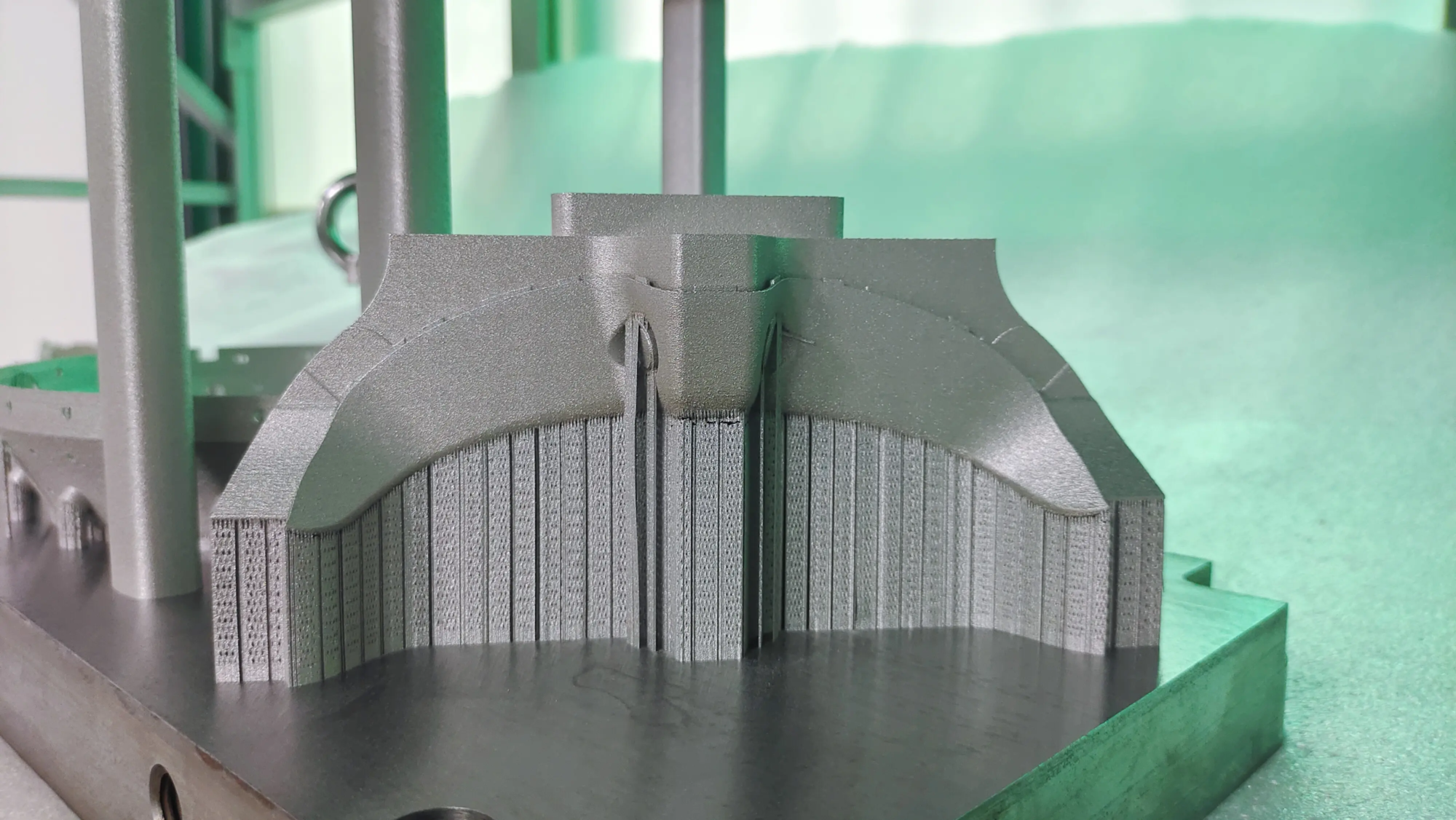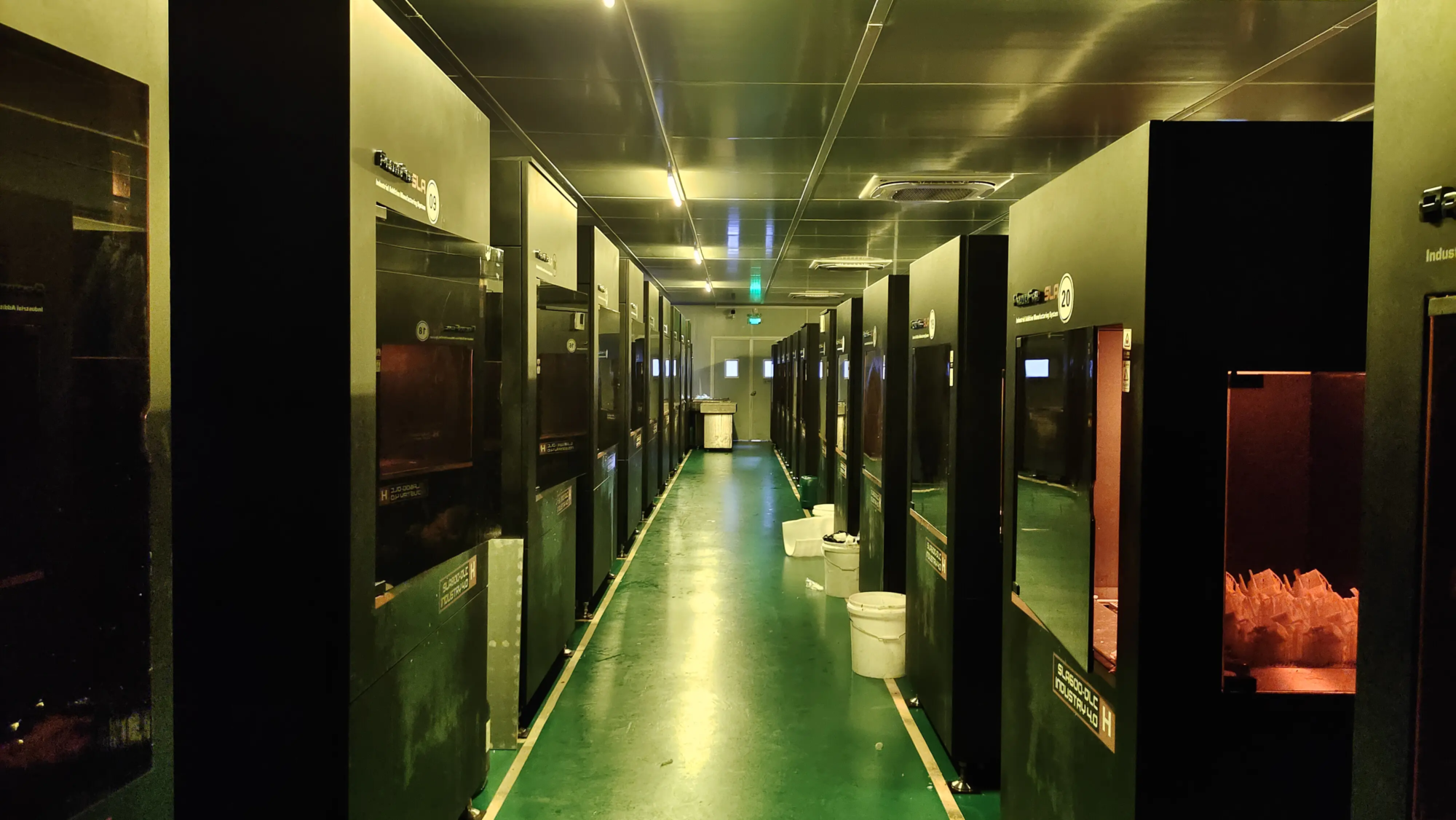This research result was published inAdvanced functional materialsIn the newspaper,By adopting a new approach to the light -wavelength light source, technology considerably improves printing accuracy and material control capacities.
The comparison between tradition and innovation
Traditional 3D printing methods generally use a single light source to cure polymer materials. However, these techniques are limited by the dissemination of reagents and the light diffraction limits, resulting in a limited spatial resolution.
On the other hand, the UAB research team has developed a double light source system that uses ultraviolet and red light to accurately control the training location of solid materials.
In this system, a beam of light (ultraviolet light) activates the polymerization reaction, while the other beam of light (red light) inhibits the reaction. This interaction between the beams ensures that the material only forms hardening in areas where UV light acts alone. When two light bundles overlap, the hardening reaction is stopped, thus offering unprecedented spatial precision.
International cooperation leads to breakthroughs
This innovation is motivated by the collaboration of the UAB chemist, Jordi Hernando, and Professor Christopher Barner-Kowollik, University of Technology of Queensland (QUT), Australia.
The researchers used a photochemical reaction based on the oxo-diel-alder cyclopetition. With prepolymers and carefully designed UV activators, this reaction can change the reactivity of the material as a function of the type of light.
Compared to traditional techniques, this method introduces a whole new concept of “light antagonism” where light triggers a hardening of a color while light removes hardening in another color.
With this mechanism, scientists have been able to precisely shape 3D structures to microscopic scales, considerably resolving the long -term challenges of the low resolution and blurred limits in additive manufacturing.
Reduce material waste and improve printing efficiency
This technology not only improves the precision of printing, but also leads to material savings and the efficiency of printing. Due to the precise control of the light source, only the areas that must be healed will react, reducing material waste and will optimize the use of resources.
For industrial applications, this effective photopolymerization process should speed up production and reduce manufacturing costs.
From laboratory to industrial application
In laboratory tests, the research team has managed to print solid polymer materials with a resolution of less than 1 micron and obtained clear geometry. This breakthrough has a wide range of application prospects in many areas, including microelectronics, medical equipment, photonics and micro -mechanical parts.
In the field of additive manufacturing, time and precision are the decisive factors. Due to the inaccuracy of the aggregated area, many existing systems have the limits of processing and clarity of the printing line.
This new photocontrol polymerization reaction accelerates not only the hardening process, but also improves clarity and precision of printing. The promotion of this technology should stimulate the emergence of ultra-speed ultra-high prototypes and better quality end products.





